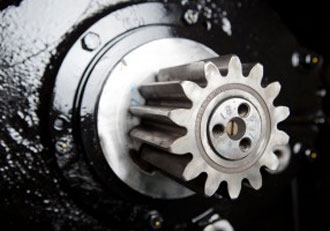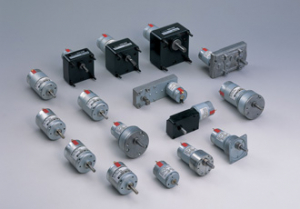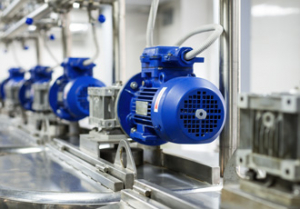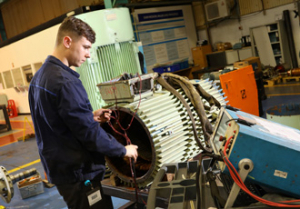Looking at motor failure: should we repair or replace?

In terms of both cost and productivity, motor failure can have a huge impact, so preventing it should be top of the list priority wise. However, when the worst does happen, you’ll need to rectify the issue quickly and efficiently to minimise the impact down-time can have on your business.
Plant maintenance and engineering teams are often faced with a difficult decision when dealing with motor failure: to rewind, repair or replace the motor. To make the best choice, they need to evaluate a number of factors. Here, motor repair specialist Houghton International explains what should be considered to make an informed decision in the event of motor failure.
Cost of repairing vs. cost of replacing
When an issue arises, it’s very easy to jump to conclusions and start repair work. However, in some cases, repair work may not be the most cost-effective pathway.
If your motor is older, you may benefit from replacing it. The EPAct and EISA law are working in tandem to set new efficiency standards for electric motors, and we’ve seen significant improvements in efficiencies over the years. If your motor is older, you may not be seeing the cost-savings that these new motors offer, which can be substantial over the lifetime of the motor.
The cost of repairing a motor will usually be significantly less than installing an entirely new motor. However, you should balance the short-term costs with long-term savings to make an informed decision that will truly benefit your business.
Cost of down-time
Often, motor failure is not an isolated incident. With a number of processes relying on the motor’s performance, down-time can have a significant impact on other areas of the plant, stopping productivity in its tracks.
The cost of down-time will be unique to your company; although, it’s well worth establishing what these costs will be should the motor fail. By doing so, you can then work out the best course of action. For example, if parts are needed or repair work will take an extended period of time, you could end up sacrificing a significant amount of revenue. In these instances, you may need to consider alternative measures, such as temporary fixes or the prospect of installing a new motor that is readily available.
Of course, avoiding motor failure is the priority. There are a number of different types of maintenance that can be carried out to ensure the longevity of your electrical motor.
Preventative maintenance involves regular work like cleaning, lubrication and performance monitoring to prevent issues from arising. Predictive maintenance includes monitoring the motor’s performance over time and establishing trends to work out when potential issues can arise, then putting measures in place to stop them.
Motor failure is the worst case scenario. While you’ll need to consider how best to react in such a scenario, the emphasis is clearly on preventing the situation arising at all, avoiding wasted time and lost revenue.
Downloads
Similar articles
More from Houghton International
- Don’t put maintenance on the backburner 13th May 2021
- How static motor testing can support preventative maintenance 24th March 2021
- Newcastle engineering business celebrates record year 21st March 2019
- The financial impact of machine down-time on UK industry 12th February 2019












Write a comment
No comments